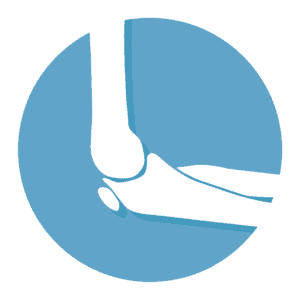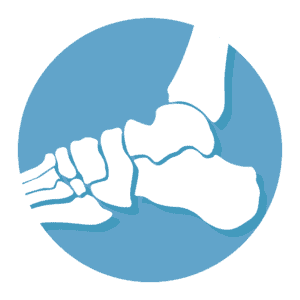
What is Shoulder Pain?
The shoulder joint is a complex joint made of bones, ligaments, muscles, nerve fibers and blood vessels. It is described as a ball and socket joint because of the arrangement of the bones within the joint. Around the joint are four muscles whose tendons reinforce the joint. This is called the rotator cuff. It maintains shoulder joint stability when performing different actions.
Shoulder pain is a common condition that can occur due to problems within the shoulder joint, or even from problems elsewhere in the body. It can have a significant impact on activities of daily living especially when severe.
What causes Shoulder Pain?
Osteoarthritis - this is a common cause and is characterized by degeneration of the bones and reduction in the joint space resulting in painful movements of the shoulder.
Shoulder dislocation - this usually occurs following some form of trauma or injury.
Rotator cuff injury - this can occur following sudden stress on the muscles that form the rotator cuff, resulting in shoulder pain.
Frozen shoulder - this is characterized by stiffness of the shoulder joint resulting in pain when attempting to lift the arm above the level of the shoulder.
Fracture - just like shoulder dislocation, a fracture occurs following a fall onto the shoulder or due to direct injury to the shoulder.
Poor posture - this can cause pain if the shoulder is placed in an abnormal position for prolonged periods of time.
Heart attacks - while this is not a cause of shoulder pain due to problems within the shoulder, heart attacks can present with chest pain that radiates of the shoulder. Shoulder pain can sometimes be the only pain that occurs in someone suffering from angina or a heart attack.
Symptoms and Diagnosis
The most common symptom of shoulder pain is pain. The pain occurs due to inflammation of the structures within the shoulder joint. The pain is worse on movement, and patients may find temporary relief when the shoulder is placed in one particular position. The shoulder joint may also be swollen, and upon examination by a doctor, may be rather tender to touch.
Most cases of shoulder pain are diagnosed after clinical examination. However, to find out the cause of shoulder pain, further tests may be required. These can include blood tests and X-ray or other imaging studies. Blood tests are used to look for levels of calcium and phosphate in the blood, as levels are altered in patients with osteoarthritis. X-ray tests may be used to look at the structure of the shoulder joint. Specialist tests such as a CT scan or MRI may be used to assess soft tissue structures, such as muscles and tendons within the shoulder joint, if no diagnosis can be made using an X-ray.
How is Shoulder Pain treated?
Painkillers form the first-line treatment for managing shoulder pain. These can include over-the-counter medications such as paracetamol and non-steroidal anti-inflammatory drugs. It is strongly recommended that a doctor's advice be sought before commencing any form of medical therapy.
Other treatments include physical therapy and steroid injections. Physical therapists will offer advice and exercises that will help reduce pain and improve range of moment of the shoulder joint. Steroid injections directly into the shoulder joint can help reduce inflammation and pain. Effects can be short lived and repeat injections may be required.
Surgical treatment is usually reserved for patients who have not responded to any of the treatment measures above. It is also offered for patients who have suffered a dislocated shoulder or fractured shoulder joint.








